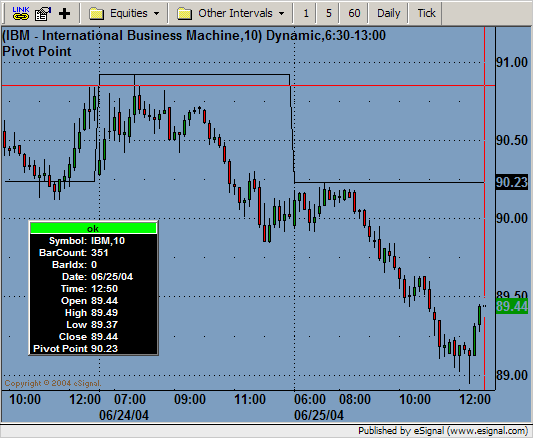Im trying to capture the high for the first ten bars of an intraday price study. I tried to capture the data using an array and do a math max function, but there seems to be a flaw in my code. I would greatly appreciate any help anyone could offer. Thanks.
Code is attached
Code is attached

Comment